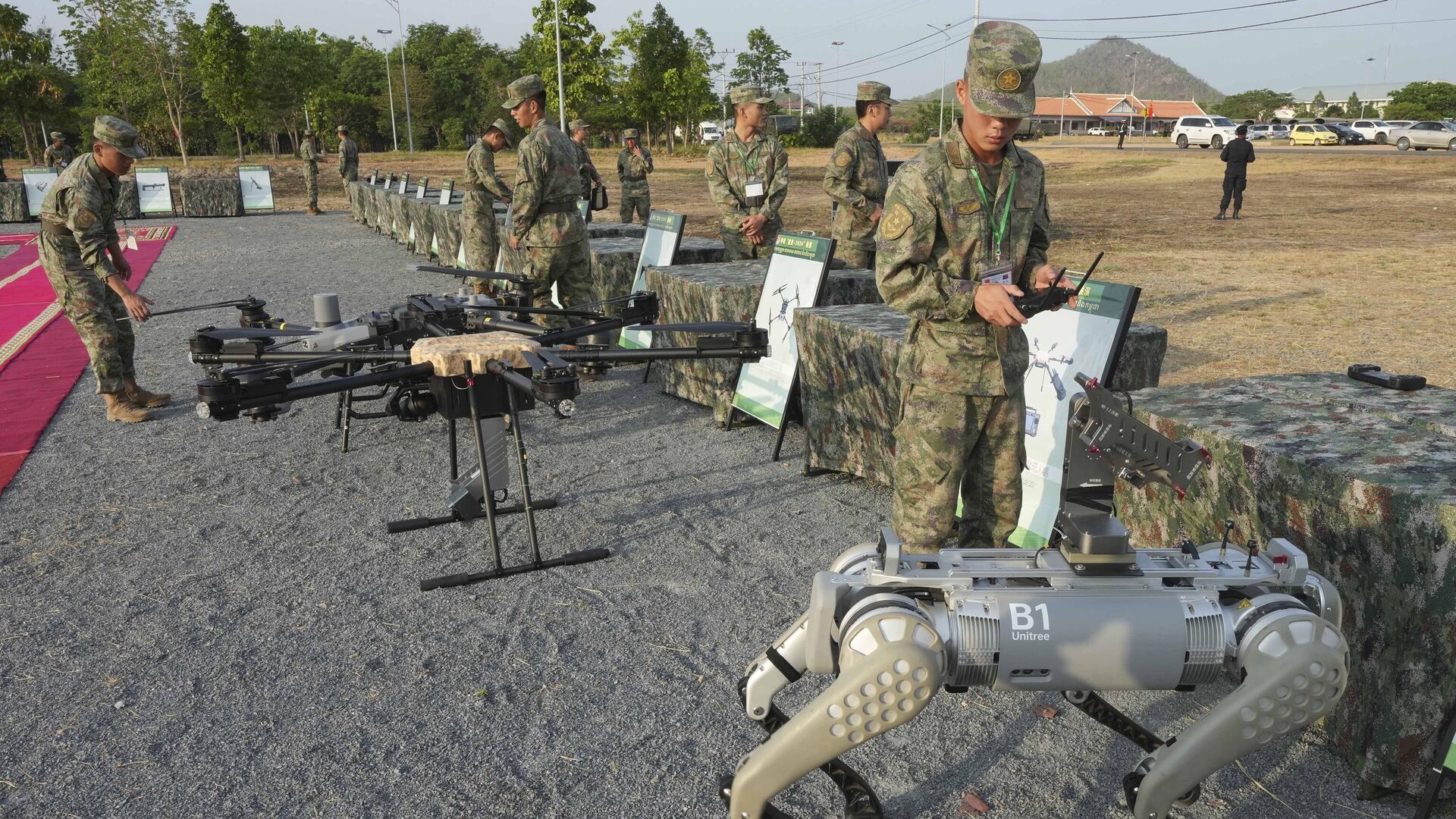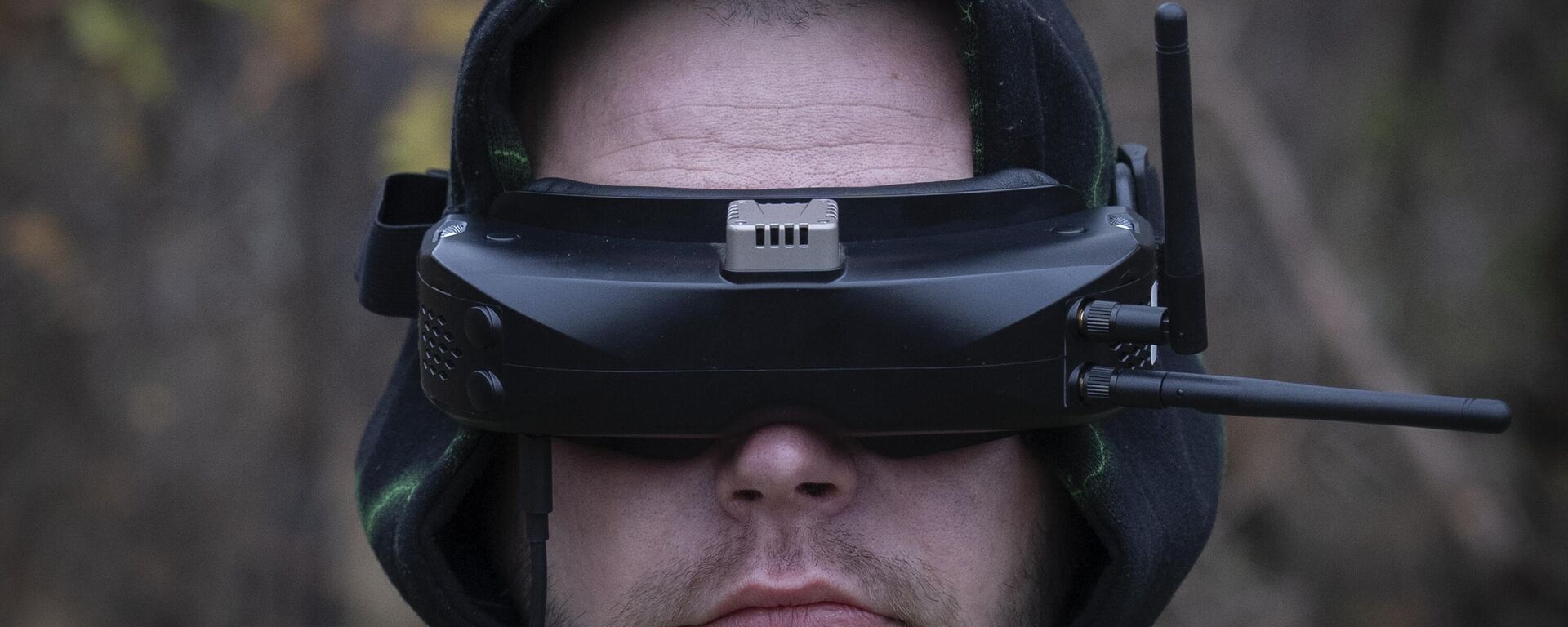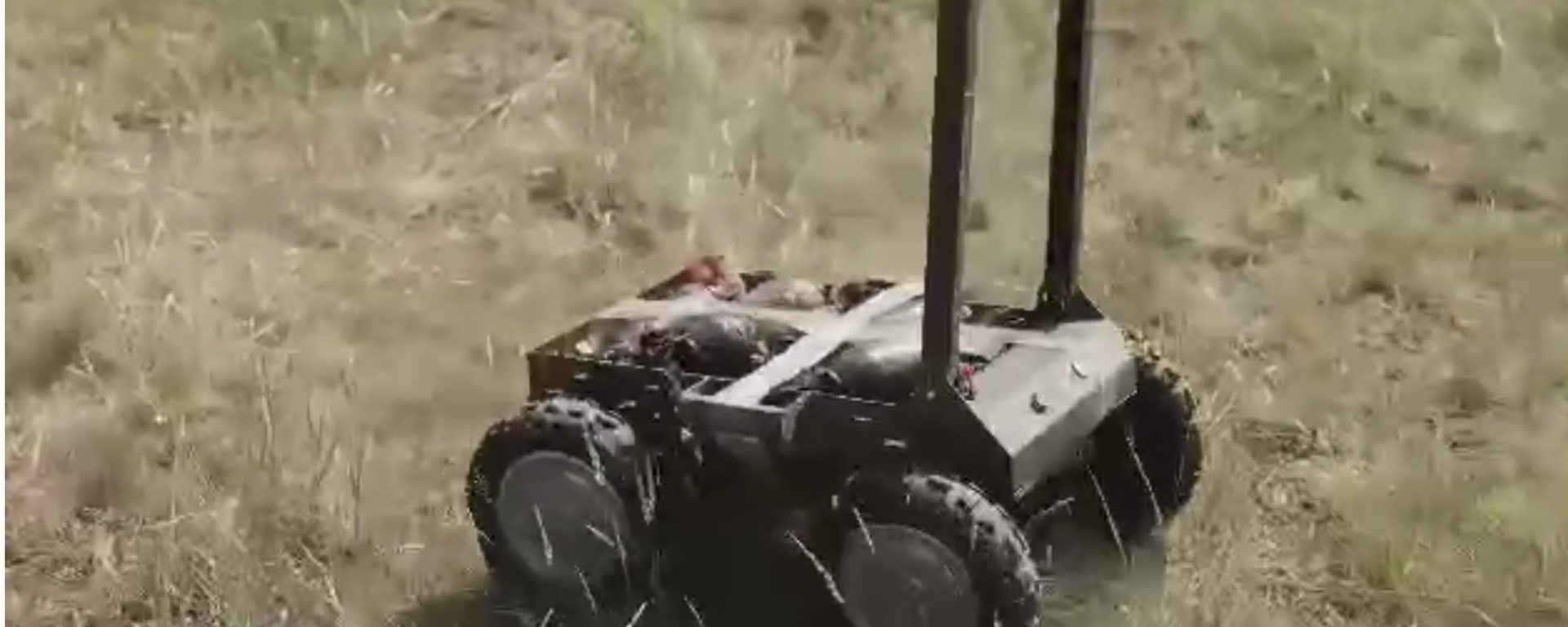Wall-Climbing Robot Joins China-Singapore Joint Army Drill

© AP Photo / Heng Sinith
Subscribe
Multiple types of unmanned equipment, including a wall-climbing robot, were deployed in the ongoing China-Singapore joint army drill to support reconnaissance and strike tasks, with Chinese military expert Song Zhongping on Monday highlighting their efficiency in anti-terrorism operations.
The China-Singapore Exercise Cooperation-2024 joint army exercise explored and practiced tactics and combat approaches in an anti-terrorism operation held in complex urban environments, China Central Television (CCTV) reported on Monday.
Unmanned equipment such as an explosive ordnance disposal robot, a wall-climbing robot, an armed reconnaissance unmanned vehicle and a window-breaching aerial drone were seen in the exercise, as they made reconnaissance and strike missions more efficient, CCTV said.
Unmanned equipment such as an explosive ordnance disposal robot, a wall-climbing robot, an armed reconnaissance unmanned vehicle and a window-breaching aerial drone were seen in the exercise, as they made reconnaissance and strike missions more efficient, CCTV said.

16 November 2024, 15:46 GMT
The CCTV report showed that the troops deployed the wall-climbing robot on the external wall of a building. The plate-shaped robot resembles a robotic vacuum cleaner, and was able to stick to the vertical wall and climb upward.
After viewing the report footage, Song told the Global Times that the wall-climbing robot has a strong ability to attach to walls, and is likely equipped with optical and acoustic devices to see and hear, giving it reconnaissance capabilities that can reach locations that are otherwise difficult to reach.
Kou Fangbo, a Chinese participant in the exercise, said that the unmanned equipment can cover blind areas on the battlefield, extend the reach of reconnaissance and strike, according to the report.
The collaboration between troops and unmanned equipment in real combat can yield better results than having just the two forces operate individually, Kou said.
This is not the first time China has deployed unmanned equipment in a joint exercise with a foreign military. According to previous reports by CCTV, other types of unmanned equipment including robot dogs capable of carrying assault rifles, first-person view (FPV) drones and ball-shaped reconnaissance drones made their debut appearances in joint drills with countries such as Cambodia, Laos and Nepal this year.
The collaboration between troops and unmanned equipment in real combat can yield better results than having just the two forces operate individually, Kou said.
This is not the first time China has deployed unmanned equipment in a joint exercise with a foreign military. According to previous reports by CCTV, other types of unmanned equipment including robot dogs capable of carrying assault rifles, first-person view (FPV) drones and ball-shaped reconnaissance drones made their debut appearances in joint drills with countries such as Cambodia, Laos and Nepal this year.
Song said that he expects more unmanned equipment to be developed. He noted that reconnaissance is a highly dangerous task that has led to high casualty rates in the past, so having unmanned equipment for such missions is of great value, particularly on anti-terrorism missions.
Providing such unmanned equipment and having them participate in joint drills with other countries can also contribute to these countries' anti-terrorism efforts, Song said.
The China-Singapore joint army exercise was launched last week at a training base in Central China's Henan Province.
Providing such unmanned equipment and having them participate in joint drills with other countries can also contribute to these countries' anti-terrorism efforts, Song said.
The China-Singapore joint army exercise was launched last week at a training base in Central China's Henan Province.
This article was originally published by Global Times.


